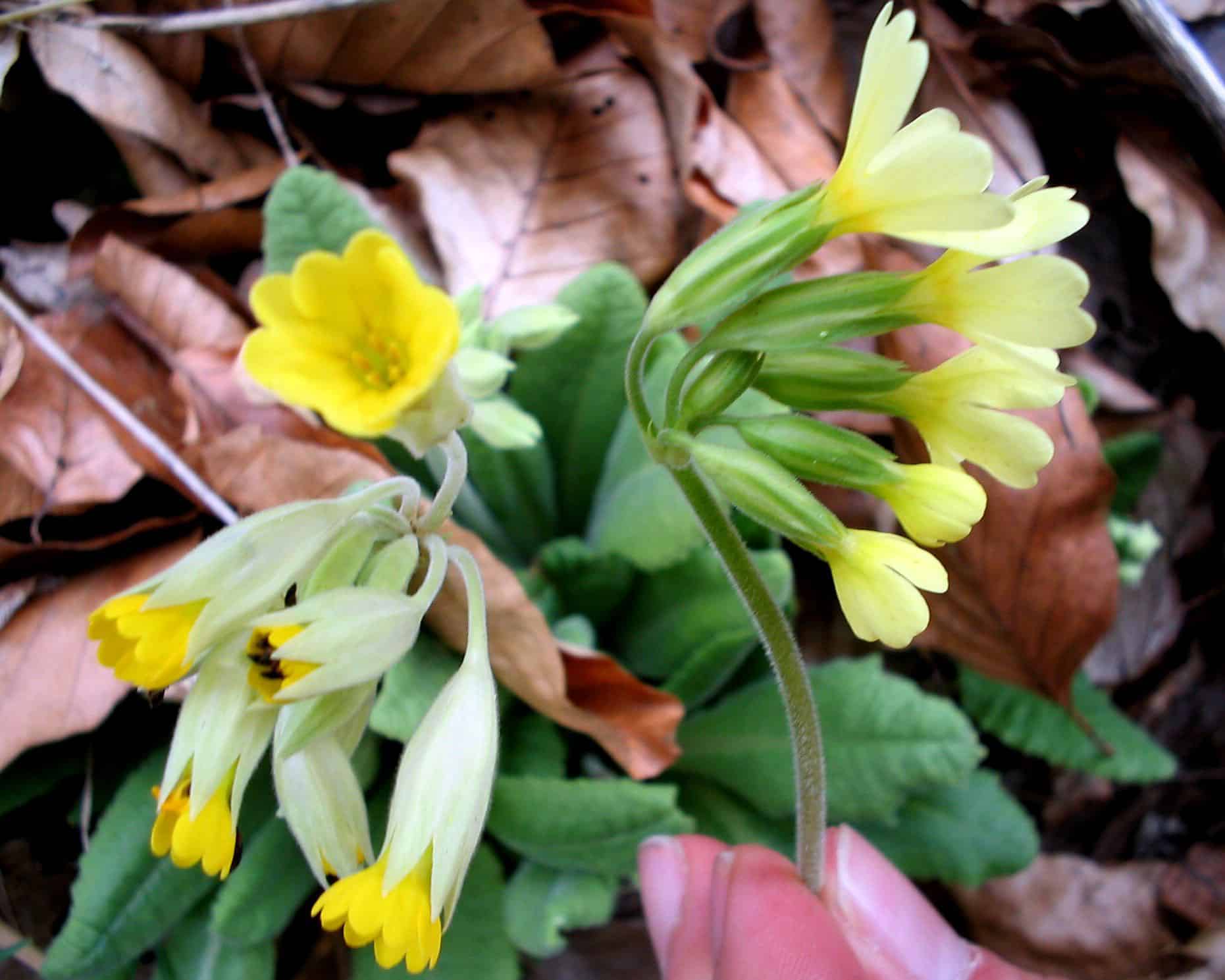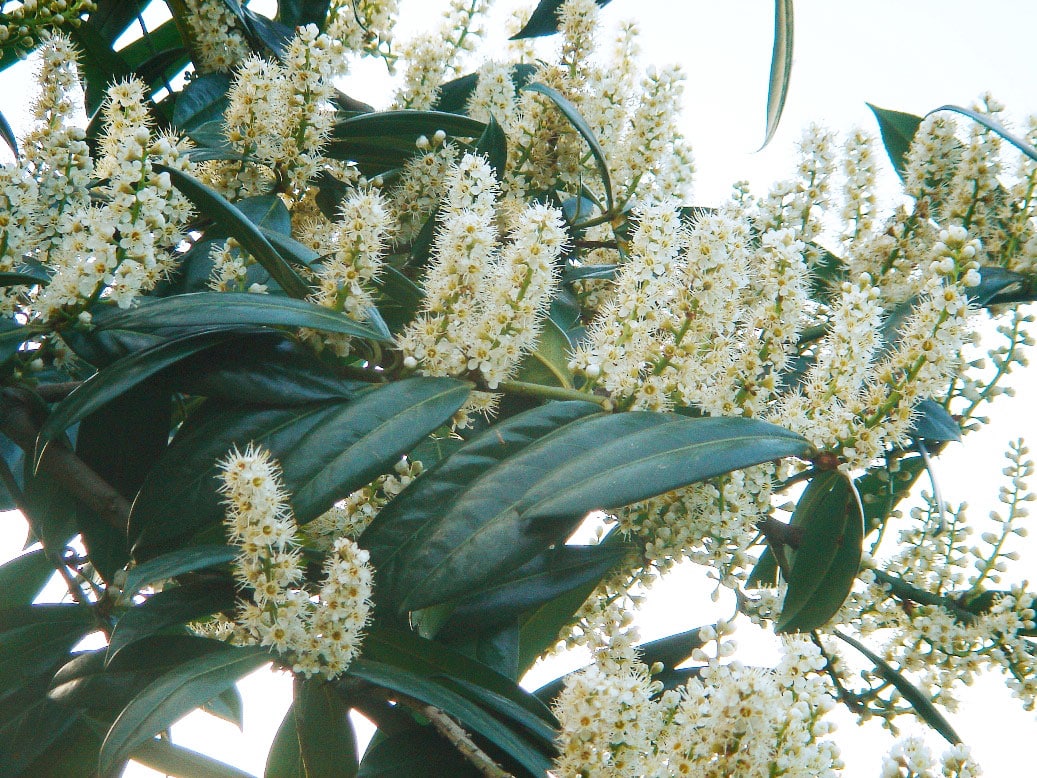By planting out your garden with winter in mind, the starkness of those shorter days won’t seem so bad.
In this article we cover:
- How to include winter plants in your overall garden scheme
- How to incorporate evergreens with species suggestions
- Which trees have the most striking effect in winter
- Plant suggestions to add scents to the garden in winter
- Which flowering plants to go for
Winter can be long, but it is not boring or still when you plant it with life. And if you bed out with seasonality in mind, you will have a sustainable garden – one that looks great for years to come.
A few plants from each section below will provide a dramatic change to a barren garden, will enhance a traditional layout or complement a contemporary design. These plants will not be out of place in any style or scale of garden. In fact these plants should be in place in every garden.
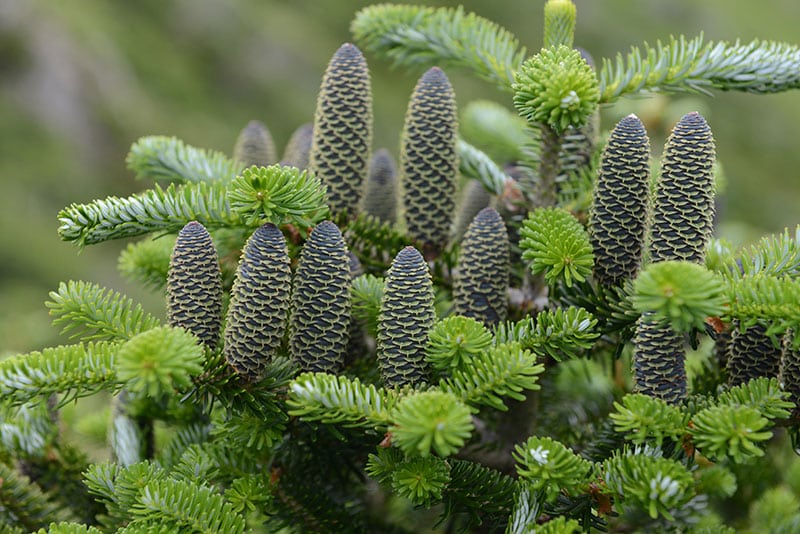
Evergreens
A few well placed conifers can literally illuminate your outdoor area. Many are also available in shrub sizes, which helps with layering. Different heights will provide a softer effect.
You don’t have to go for the traditional green of the pine family, but what a range of shades, needle type and stature. Firm favourites are the stunning blue grey and silver shades, in trees such as Korean fir (abies koreana) whose large ornamental cones cap it all.
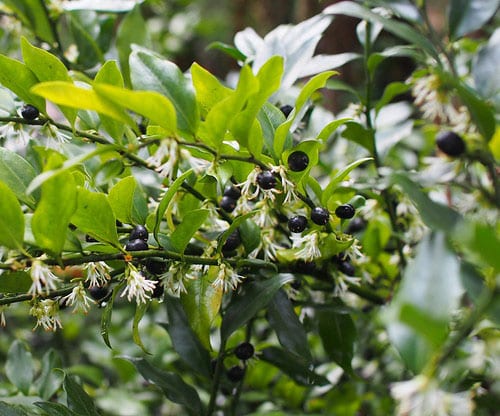
For hedges, the best evergreen contenders for all year cover are yew (taxus baccata), grislenia (griselinia littoralis), cherry laurel (prunus laurocerasus) and of course for a fantastic flash of red tones – phontinia Red Robin.
If you’re looking for standout specimen shrubs, you can’t go wrong with a bottle brush (callistemon viminalis), heavenly bamboo (nandina domestica) or the all round performer of mahonia (mahonia spp.) with butter yellow flowers and distinctive blue berries. Not to mention its delightful gift of fragrance at a time when not much else is.
In the medium to lower growing range of plants that will readily fill a gap, I delight in the white and green flashes of euonymus fortunei Emerald Gaiety. Or for the shine of yellow and green there is the Emerald ‘n’ Gold.
So easy to keep and rewarding in all seasons are the winter berrying skimmias: skimmia x confusa or skimmia japonica rubella.
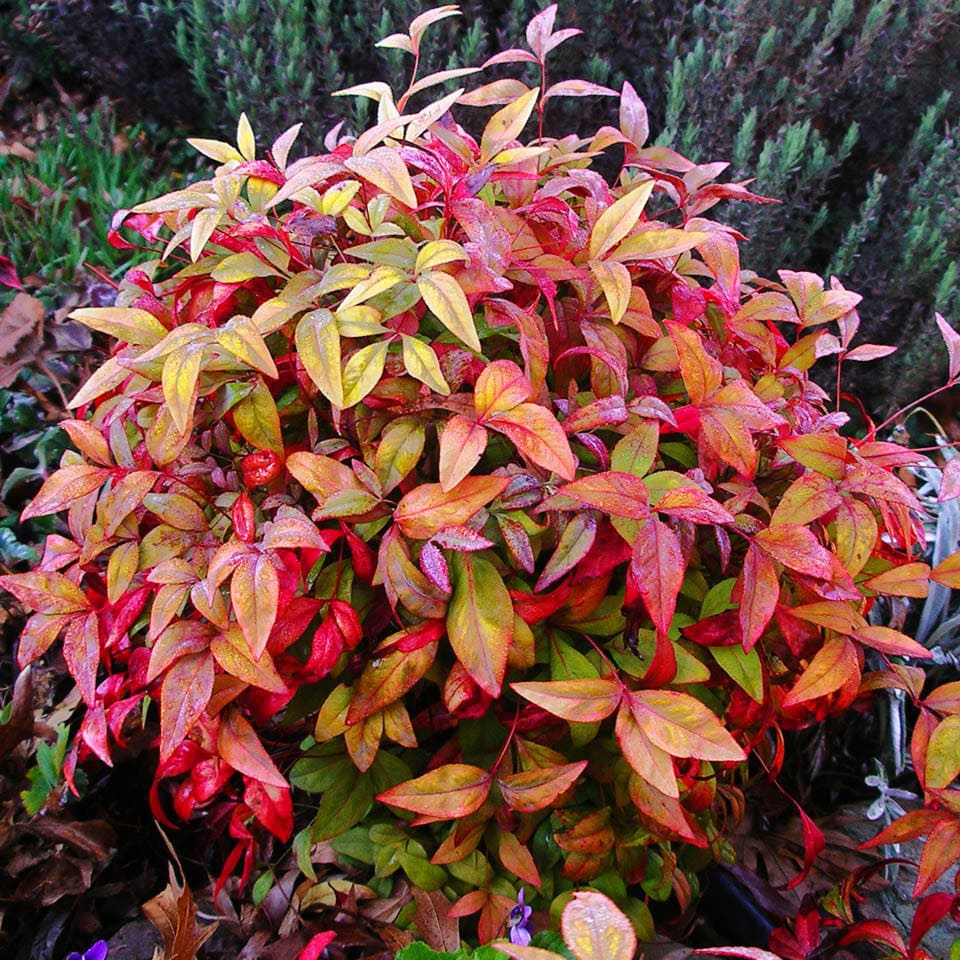
Even the ground cover can be vibrant. Select pachysandra (pachysandra terminalis), liriope (liriope muscari), hellebores (helleborus x hybridus), periwinkle (vinca minor) and for some purple blue, and pink flushed foliage opt for bugleweed (ajuga reptans).
Hanging baskets, ground containers and window boxes can get the evergreen treatment with the addition of semperviviums and sedums and species mentioned in the floral list further on. That’s the great gift of containers – how easy they are to make relevant and beautiful any time of the year.
Dramatic bark
The stunning whites of birch bark (betula spp.) lights up the garden and the spirits – simply magical in winter – while the spectacular reds, oranges and yellows of the winter bared stems of dogwoods (cornus spp.) are positively luminous at this time of year. The trick is to hard cut back dogwoods every few years to keep the colour strong in the new shoots.
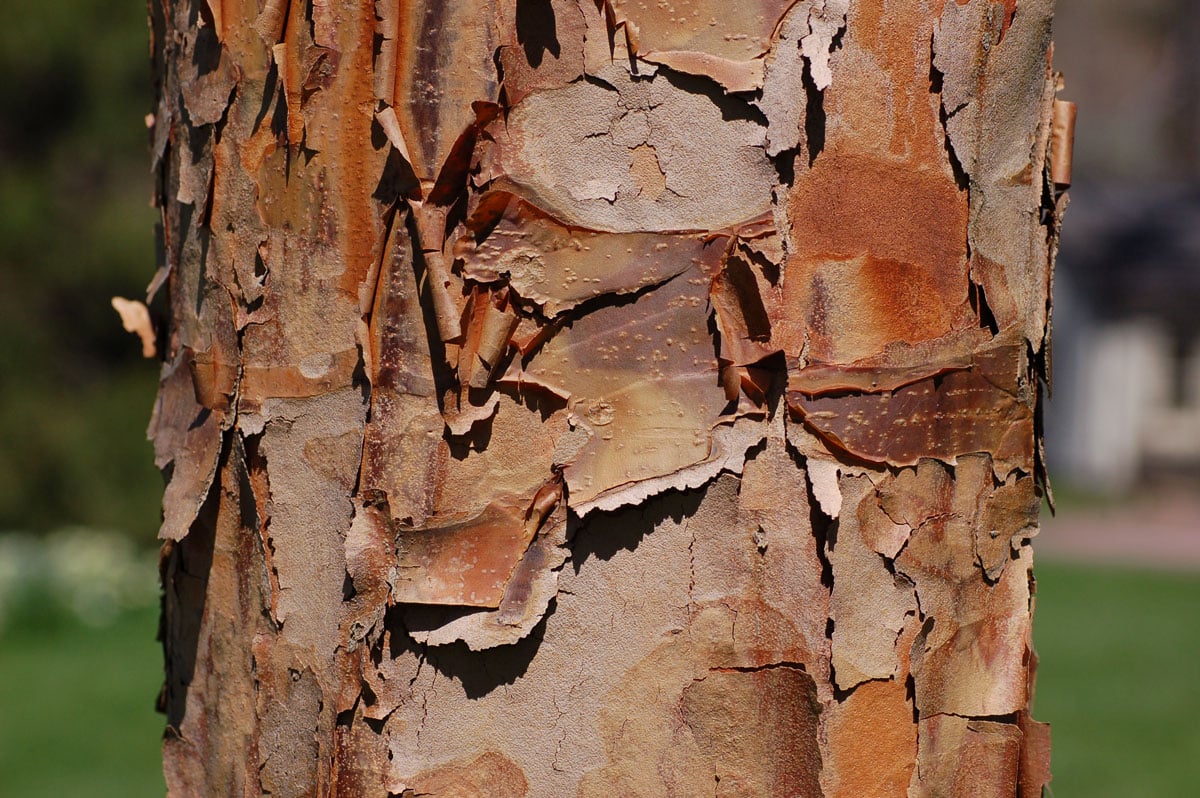
I adore trees with textured bark – the likes of arbutus, acers, prunus, to add some wow in winter. Some are riveted, some fissured, some peel. Others have patterns of delight. All invite the eye to trigger appreciation in the brain. I can recommend acer griseum (paperbark maple) and acer davidii (snakebark maple) but you will find a great array in local garden centres and nurseries.
Perfumed presence
I am a fan of the small shrubby sarcococca confuse aka Christmas box or sweet box, as much for its evergreen nature as for its deliciously fragrant creamy white flowers in late winter and early spring. It is indeed sweet.
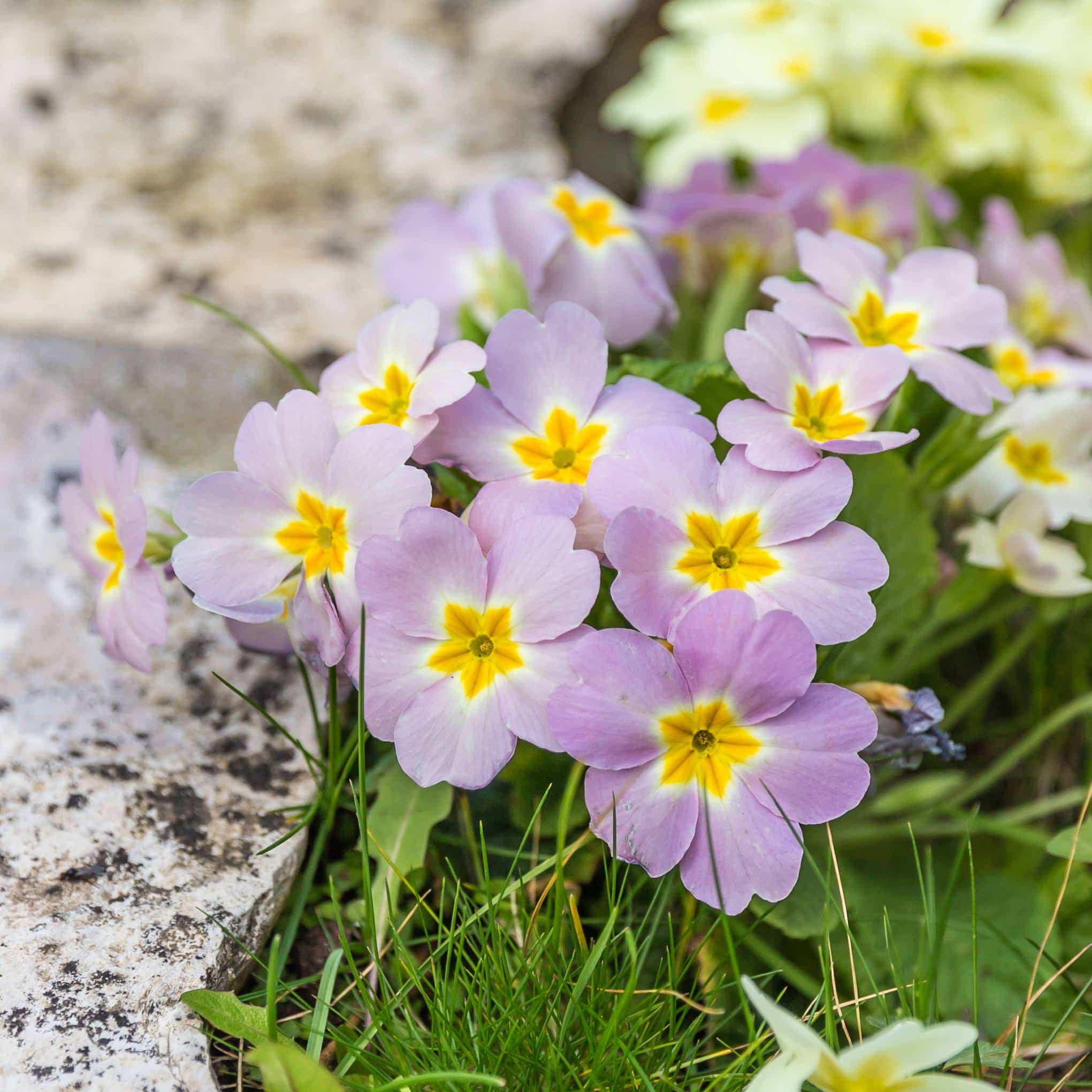
Winter can easily be perfumed with witch hazel (hamamelis mollis), the awesome winter honeysuckle (lonicera fragrantissima) and the spicy undertones of wintersweet (chimomanthus praecox).
Those pines and abies, and other conifers, will also fragrance the air. Even overwintering herbs such as rosemary and aromatic floral fillers can perk up the senses over the cold months.
But for me the best winter fragrances, with strong wafts and heady intent are the scented viburnums, of special note is viburnumn x bodnantense and also the daphnes (daphne x burkwoodii or D. odora). Best planted in a sheltered spot, but hard working and once established, a long lasting delight.
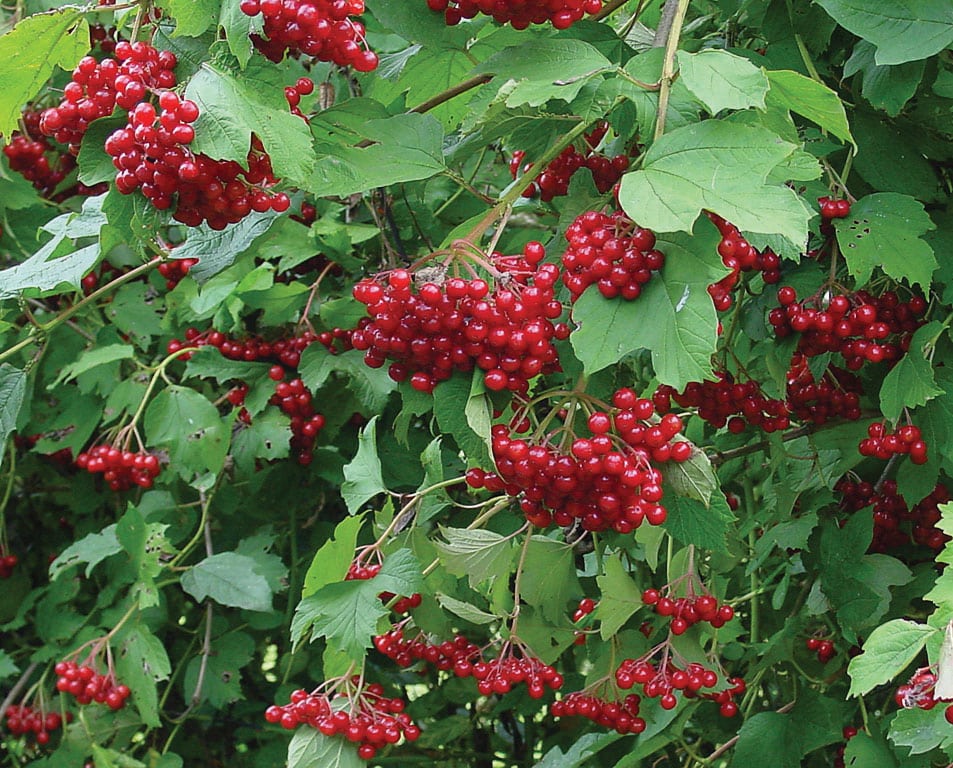
The flowering contingent
When it comes to petal power, primulas including primrose (primula vulgaris), cowslip (P. veris), and oxlip (P. elatior) can dot the garden and containers for a touch of softness.
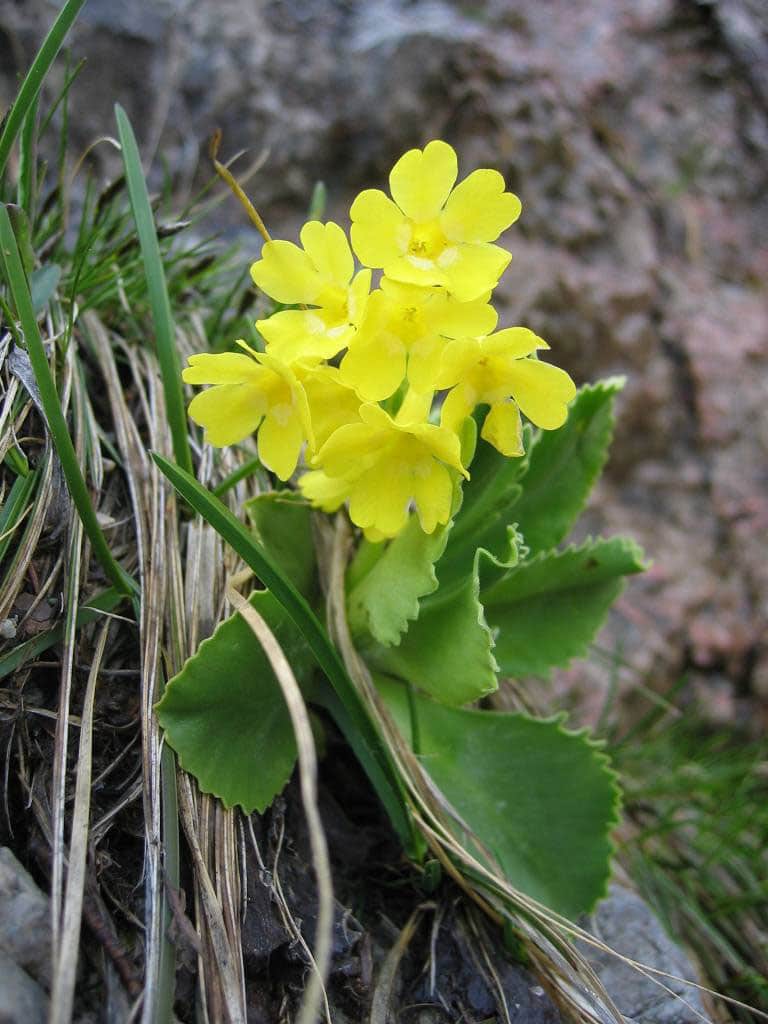
Auricula (primula auricula) and polyanthus can really extend the colour palette – with vibrant shades and interesting cultivars new to the market every few years. Rich pinks and oranges can paint the winter scene. Pastels can dress spaces too.
Most garden centres will stock winter bedding at this time. From winter pansy (viola spp). in all the shades ( blue to orange lemon, purple, white) and also winter daisy (bellis spp.) including double pinks and white tops – all ideal to flesh out window boxes and containers and add to patches in the border.
For me you can’t beat hardy cyclamen (cyclamen spp). for elegance and that keynote of winter. All of these flowering choices can bloom from November to March.
